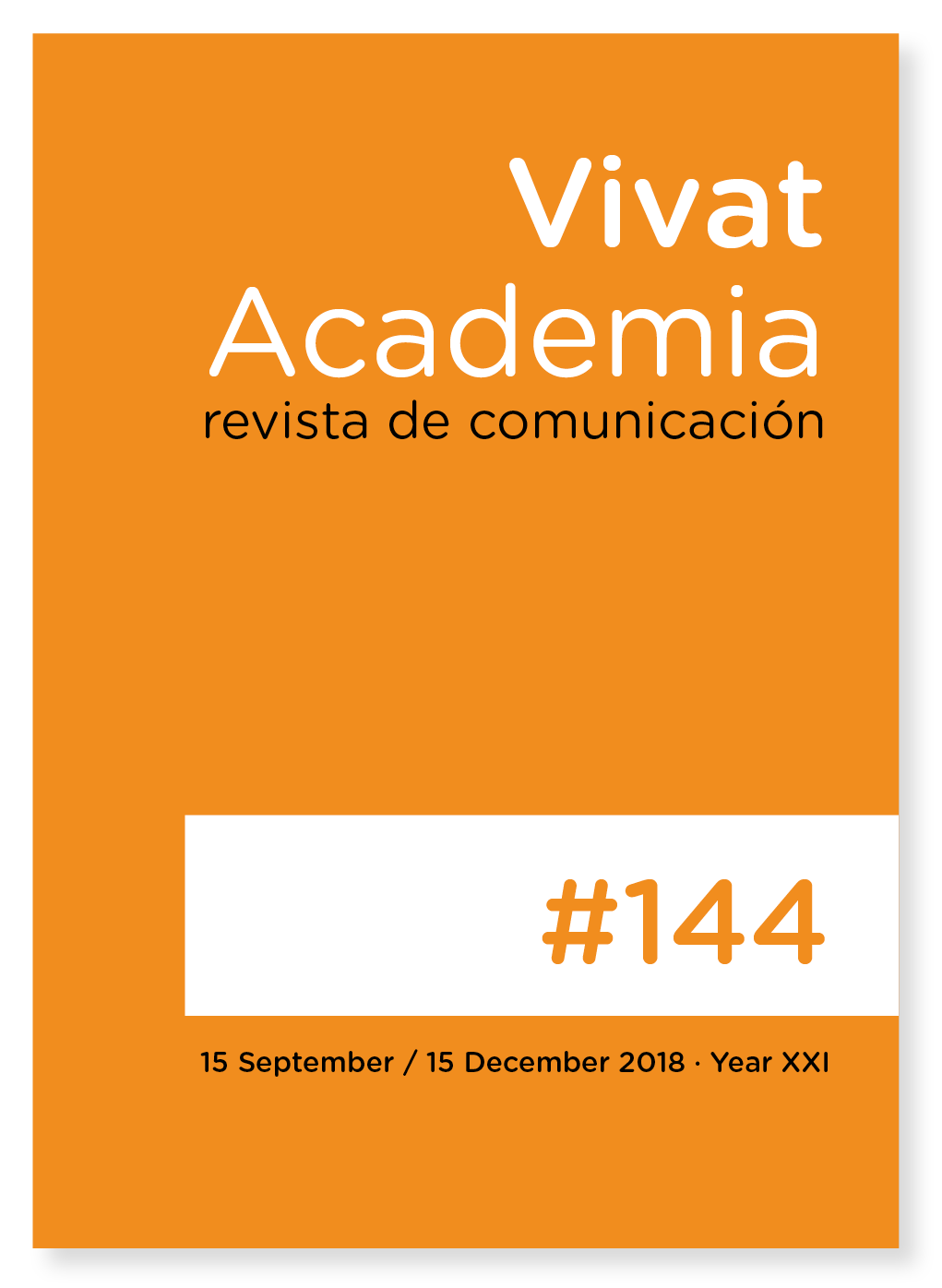The humor in political communication: the Spanish Constitution in the column "political scenes" of Campmany
Main Article Content
Abstract
The work studies the articles published in the column "Political scenes", during the three months that ended in the ratification of democracy in Spain through the new Constitution. The humor from the columnism of Jaime Campmany allows to notice the scope of freedom in which he managed to write. This work proposes the study of a type of journalism that made its way in the difficult years of the political transition and that allowed to introduce certain topics from the prism of humor. Communication studies on humor illustrate the complex role that it plays in the formation of perceptions. The ability to use and recognize humor is not trivial, but it can explain the success in a group or in different social contexts. The years between the death of Franco and the advent of socialism in Spain were marked by the approval of the Law of Political Reform, the Constitution of 1978 and successive electoral processes. With a methodology of descriptive analysis, it has been possible to establish that Campmany addressed in his political column the public affairs of the nation, specifically the approval of the constitutional text, from a conservative position and with a great sense of humor.
Downloads
Article Details
References
Aguilar, M. A. (1982) El vértigo de la prensa. Madrid: Ed. Mezquita.
Altschull, H. (1984) Agents of Power: The Role of the News Media in Human Affairs. Longman. White Plains.
Astorga, A. (2005, Mayo.10) Jaime Campmany: A mi edad me lo puedo permitir todo, Abc, pp.54-55.
Bajtin, M. (2002) La cultura popular en la edad media y en el renacimiento. Madrid: Alianza.
Barreiro Fernandez, X. R. (1979) Historia de Galicia. A Coruña: Ed. A.N.P.G.
Cantavella, J. (2012) La columna en verso: recuerdo y presencia de poetas y versificadores. Doxa comunicación; 13; 67-88. Madrid.
Campmany, J. (1997) Doy mi palabra. Mis 100 mejores artículos. Madrid: Espasa Calpe.
Lasswell, H. (1948) “The Structure and Function of Communication in Society” en Brison, L. The Communication of Ideas. Nueva York: Harper and Brothers.
Llera, J. A. (2003), El humor verbal y visual de La Codorniz, Madrid: CSIC.
Lynch, O. (nov, 2002) Humorous Communication: Finding a Place for Humor in Communication Research. Communication Theory. 12/4.
McQuail, D. (1998) La acción de los medios. Los medios de comunicación y el interés público. Buenos Aires: Amorrortu editores.
Mendelsohn, H. (1966) Mass Entertainment. New Haven: College and University Press.
Morales Castillo, F. (1999 ) El recurso del humor en el periodismo de opinión. Piura: Universidad de Piura.
Sinova, J. (1989) “La difícil evolución de las empresas no estatales”, en Timoteo Alvarez, Jesús y otros. Historia de los Medios de Comunicación en España (1900-1990). Barcelona: Editorial Ariel.
Wright, Ch. (1959) Functional Analisys and Mass Communication. Public Opinion Quarterly, 24.
Fuentes hemerográficas
La Voz de Galicia, 1975-1978
ABC, 1978





